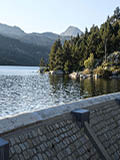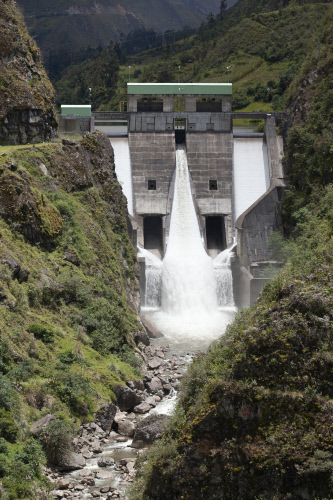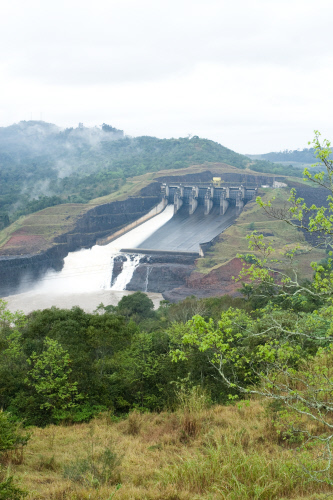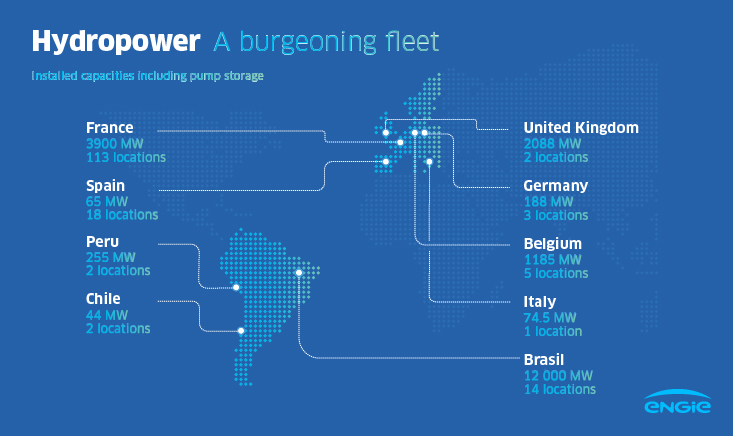Veuillez accepter les cookies "marketing" pour voir cette vidéo.
ENGIE has gained national and international recognition in the development and responsible operation of hydroelectric plants.
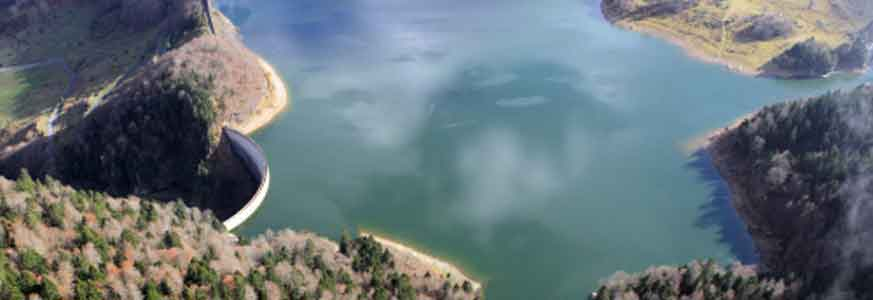
Hydroelectricity or the power of water
Hydroelectric power plants generate electricity using the kinetic and potential energy of water. The water drives turbines that in turn drive generators which convert mechanical energy into electricity.
ENGIE operates three main categories of hydroelectric power plants:
- Run-of-the-river plants, which use continuous river flow and supply base-load energy at all times.
- Conventional power plants with reservoirs and dams: water is stored in reservoirs, constituting an energy source that is guaranteed to be available and is called upon at times of consumption peaks. Also called high-head power plants, they are located in mountains.
- Pumped storage power stations, which operate two water reservoirs at different levels. In times of high demand, pumped storage power stations allow water to be turbined and pumped from a lower reservoir to an upper reservoir. They play an important role in providing all types of support to the grid, especially in countries without many power plants with large reservoirs.

